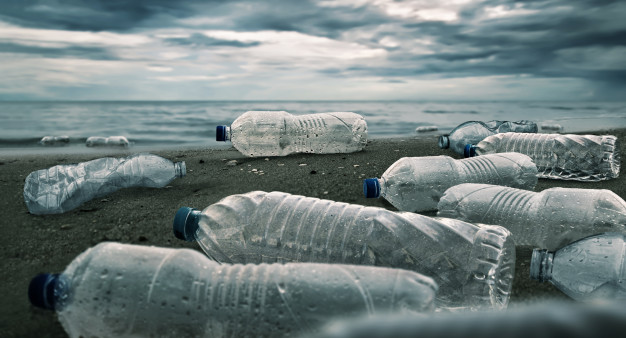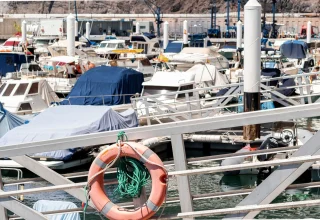Lack of clean drinking water is one of the most acute problems facing humanity. Main types of hydrosphere pollutants and their sources. Is it possible to solve the problem of water pollution, and what is needed for this?
Accumulated water
The barbaric attitude towards the hydrosphere threatens us with the most serious consequences.
Water is synonymous with life. Most of the Earth’s surface is covered with seas and oceans. The presence of this amazing substance is a prerequisite for the existence of all living organisms on our planet. Water resources are also critical for our economic activity.
Annually, 3300-3500 km3 of water is consumed by humans on the globe. Most of this gigantic amount (about 70%) is used for agriculture. The pulp and paper industry, chemical industry, non-ferrous and ferrous metallurgy cannot do without water, it is necessary to meet the domestic needs of the population. The result of our economic activity is a large amount of waste water.
Rapid population growth has already led to the fact that in some regions of the world there is a lack of fresh water. But it’s still a half-world: hydrosphere pollution may deprive us and these very limited reserves.
Already today, a significant part of water resources on the planet is polluted. Each year, mankind produces about 400 billion tons of waste, much of which goes to rivers, seas and oceans. Of course, nature is capable of self-recovery, but its protective mechanisms also have their limits. Today hydrosphere pollution is one of the most serious problems faced by mankind, and if it is not solved, the coming wars will be fought not for gold or oil, but for clean water.
Of course, new water treatment and purification technologies can improve the situation, but not all countries have money for them.
Pollution industry
Industrial enterprises – one of the main sources of hydrosphere pollution
How does water contamination with products manifest itself? Often the consequences are visible to the naked eye, but assessing the level of contamination requires complex laboratory studies.
At present, more than 400 substances and compounds are known to cause deterioration of natural waters. But this is not the only danger that threatens our hydrosphere.
Chemical pollution of water is the presence of various organic and inorganic substances in the water in quantities that are much higher than acceptable standards. It is considered the most common type of anthropogenic water pollution. The list of chemicals that poison our rivers, seas, and lakes is impressive. These include oil and its refined products, heavy metals, fertilizers used in agriculture, and other substances. The greatest contribution to water poisoning with various “chemicals” is made by industrial enterprises – in their runoffs, you can find almost the entire Mendeleev table. The chemical pollution of fresh water remains invisible; its definition requires rather complicated laboratory tests.











